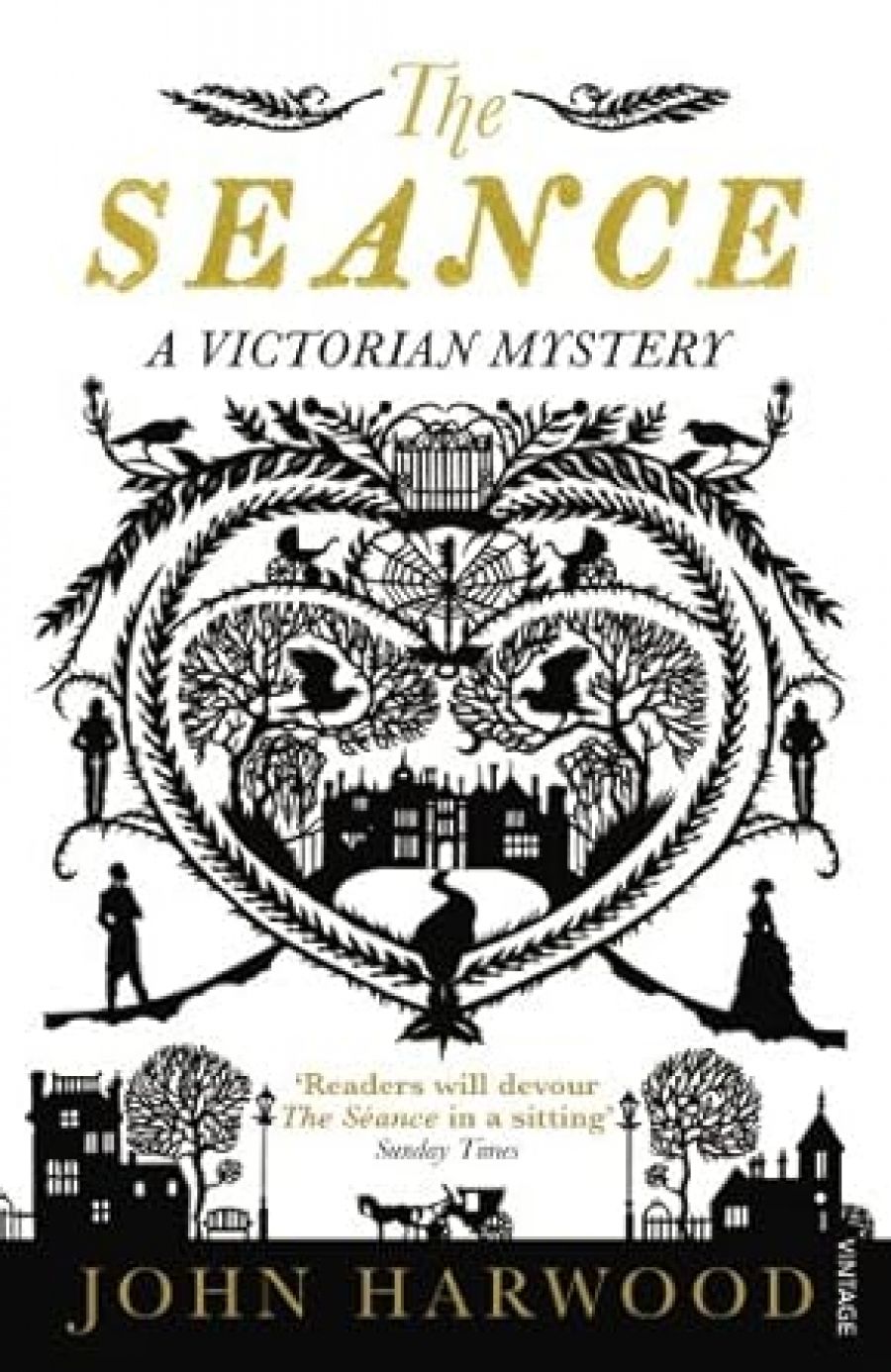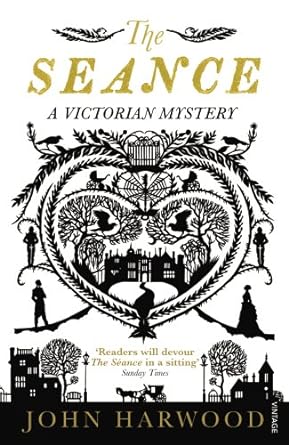
- Free Article: No
- Custom Article Title: Voices of the Dark
- Review Article: Yes
- Article Title: Voices of the Dark
- Online Only: No
- Custom Highlight Text:
Reflecting the nineteenth-century obsession with death and the afterlife, thousands of British men and women turned to spiritualism and psychical research. This was, in part, a consequence of many educated people's unease with orthodox religion. From crowded public halls to private drawing rooms, practitioners were present during putative ‘messages’ from the dead, rapped out on tables, walls and floors, scribbled on slates and, occasionally, expressed in garbled song. Tennyson wrote, ‘the veil / is rending and the Voices of the day / Are heard across the Voices of the dark’.
- Book 1 Title: The Séance
- Book 1 Biblio: Jonathan Cape, $32.95 pb, 294 pp
- Book 1 Cover Small (400 x 600):

- Book 1 Cover (800 x 1200):

Thus emerged the Victorian medium: men and women who functioned as channels between the living and the dead. Some mediums sought payment for their services, others refused. Some ‘performed’ in front of strangers, others exclusively in their own homes. Some utilised spirit controls, or an ouija board and other props. These were not always sedate affairs. There are published accounts of seances where furniture whizzed around rooms, musical instruments played tunes by themselves, weird lights glowed and the wind blew. In a trance, mediums were said to write and speak in languages entirely foreign to them; some even levitated.
No such histrionics take place in The Séance, John Harwood’s second novel. Advancing his preoccupation with intervening genres – conflicts between rationalism and supernatural phenomenon and nineteenth-century literary pastiche (in this instance cheekily including his first novel, The Ghost Writer [2004], among the list) – Harwood firmly directs three narrative perspectives concerning an inexplicable occurrence that resonates with superstitious torment.
The Séance begins in 1888 with ‘Constance Langton’s Narrative’. In their dark, staid house in London, the Langton family remains fractured by the death in childhood of Alma, Constance’s younger sister. ‘At home,’ Constance laments, ‘my dead sister was always with us’. Before long, her father abandons them for Cambridge. One evening, hoping to alleviate her mother's suffering, Constance (who first learned of spiritualism as a child), pretends to be entranced and simulates Alma’s spirit voice. As she does so, she is horrified to discover that ‘the feigned trance was becoming a real one’. A series of coincidental events ensue, after which Constance receives a visit from solicitor John Montague. On the death of a distant relative, Constance is the beneficiary of the Wraxford estate and its mansion, Monk Hall. This legacy is suitably ominous: Montague departs with the eerie warning to ‘sell the Hall unseen; bum it to the ground and plough the earth with salt, if you will; but never live there’.
Montague’s diary-narrative comes next, followed by Eleanor Unwin. Both recount events from 1866, threading the same strands of the gothic, supernatural and, to some extent, the romance into an elaborate tapestry that reveals, piece by piece, answers to the sinister events at the Hall.
Like The Ghost Writer, The Séance nods towards nineteenth-century literary predecessors, including Wilkie Collins, Charles Dickens and E. Nesbit’s ‘Man-Size in Marble’ (1893). These influences keep the mechanisms of the plot well oiled, with engaging elements typical of the genres: alternative diary entries, lonely, orphaned children, mysterious benefactors, bequests with strange provisos, doppelgangers. Monk Wood, like Thornfield Hall or Northanger Abbey, is splendidly realised; an awesome mansion that ‘came upon us with no warning, looming like a black wave out of the mist as we passed from grey daylight into near-darkness beneath the-firs’.
Each of the narrators offers a distinct account of their weird experiences. Constance is especially appealing, full of anxiety and pluck. Through these characters, Harwood employs irony to clever effect, introducing provocative notions of creativity and originality: Constance’s imitations’ assumption of ‘real’ form, for example; and Montague’s inability to sketch and paint from memory – he must view the actual for artistic inspiration. Eleanor, as an unreliable narrator, also provides a neat twist.
The Séance does not generate tension between different styles to the same effect as The Ghost Writer, which included first-person narration, letters, diaries, and e-mails. As a result, there is less unease, less fraught recognition. If anything, The Séance is, on the whole, a little too familiar, for Harwood’s narrative technique is, in this instance, not so much reinterpretative as imitative. It seems lacking in some innovation of storytelling – the kind of reinvention of an original text evidenced in, say, Sarah Waters’s Fingersmith (2002), which reworked, magnificently, The Woman in White (1860).
But this is only a mild reservation after what is a captivating read. The story may not be wholly original, but the plot is built on canonical foundations, propelled by sharp intertextuality and strong narrators. In the grand tradition of nineteenth-century supernatural novels, it is certainly a page-turner.


Comments powered by CComment